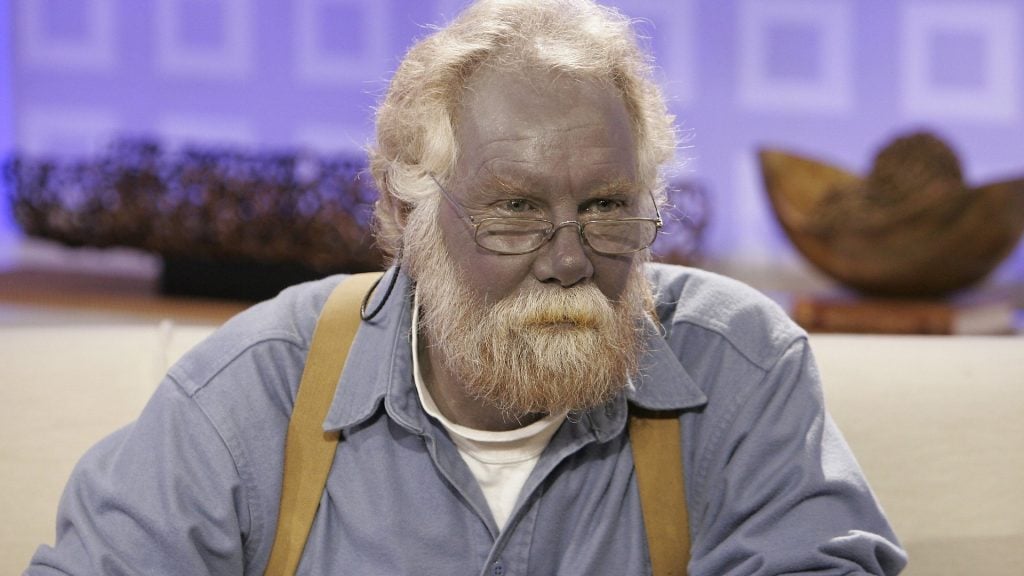We’ve all seen the over-tanned look. In fact, an orange man appears on TV every day. But that’s just a makeup mishap, no big deal. Sometimes, however, strange skin colors show up for reasons way beyond bad bronzer. From carrot munchers to blue-blooded mountain families, here are ten real stories of people who turned orange, yellow, green, or straight-up Smurf blue.
Elizabethan Whiteface
Before beach tans were status symbols, being pale meant you were rich enough to stay indoors. In the Elizabethan era, people slathered on white lead cosmetics to chase that “porcelain” look. They didn’t know better, but still, what a terrible idea. The lead blackened skin, destroyed hair and teeth, and encouraged users to apply even more to cover the damage. Some historians even think this habit contributed to Queen Elizabeth I’s declining health.
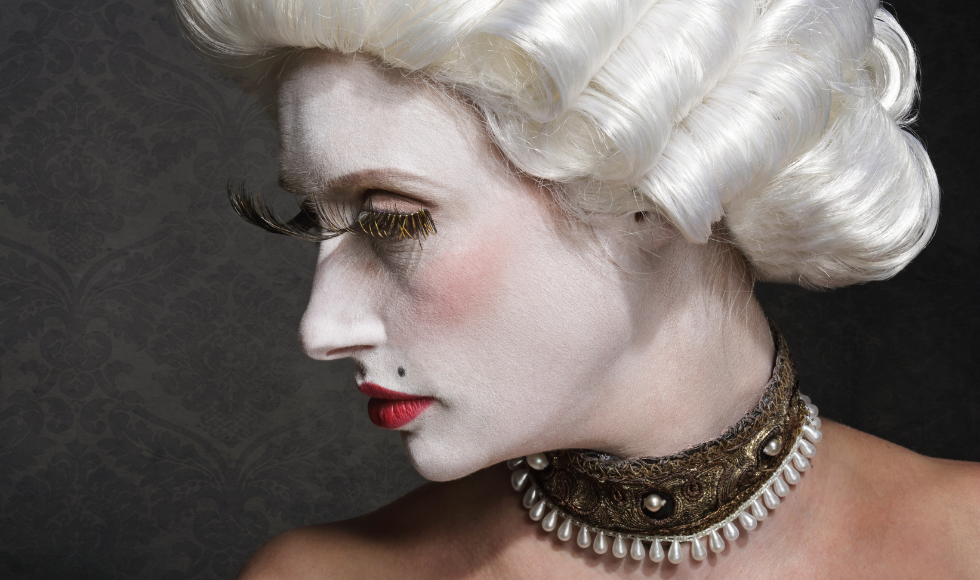
Carrot Overload
Carrots got a great PR boost during the war when the British told their pilots they’d have super night vision from munching them. Eat enough beta-carotene, though, and your skin can go tangerine. The pigment builds up in fat-rich spots (palms, soles, and around the nose), and you get carotenemia. It’s harmless and easily fixable! Just lay off the carrots (and other orange foods), and your color fades as your body clears the pigments.
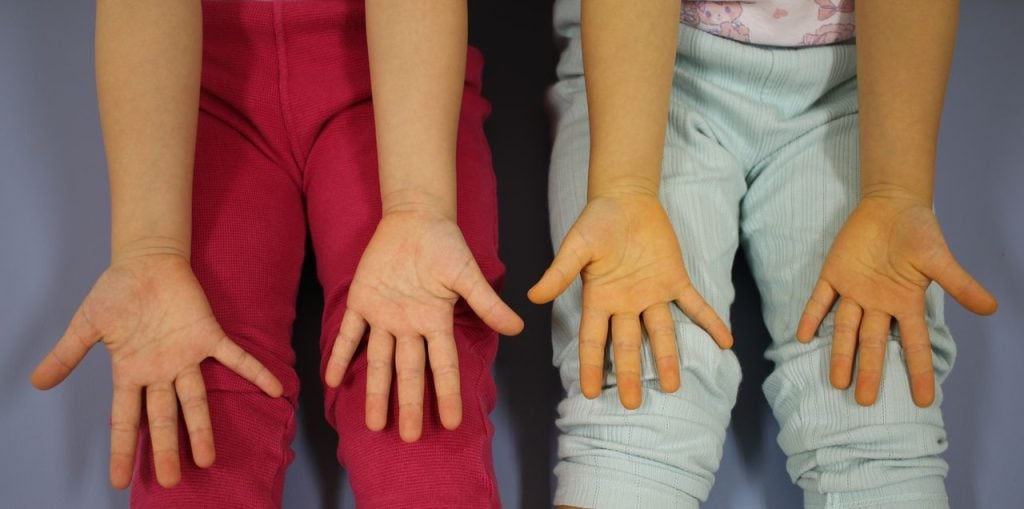
Canthaxanthin Tanning Pills
You’ve heard of tanning beds and spray-on tan, but what about tanning pills? Some folks tried this “medicine” containing canthaxanthin, a carotenoid cousin used to deepen the orange of egg yolks and salmon. Heavy doses can deposit pigment in your skin and shift you toward yellow, orange, or even a muddy brown. Beyond the odd glow, there are safety concerns, which is why you can’t find these pills in your local drugstore.
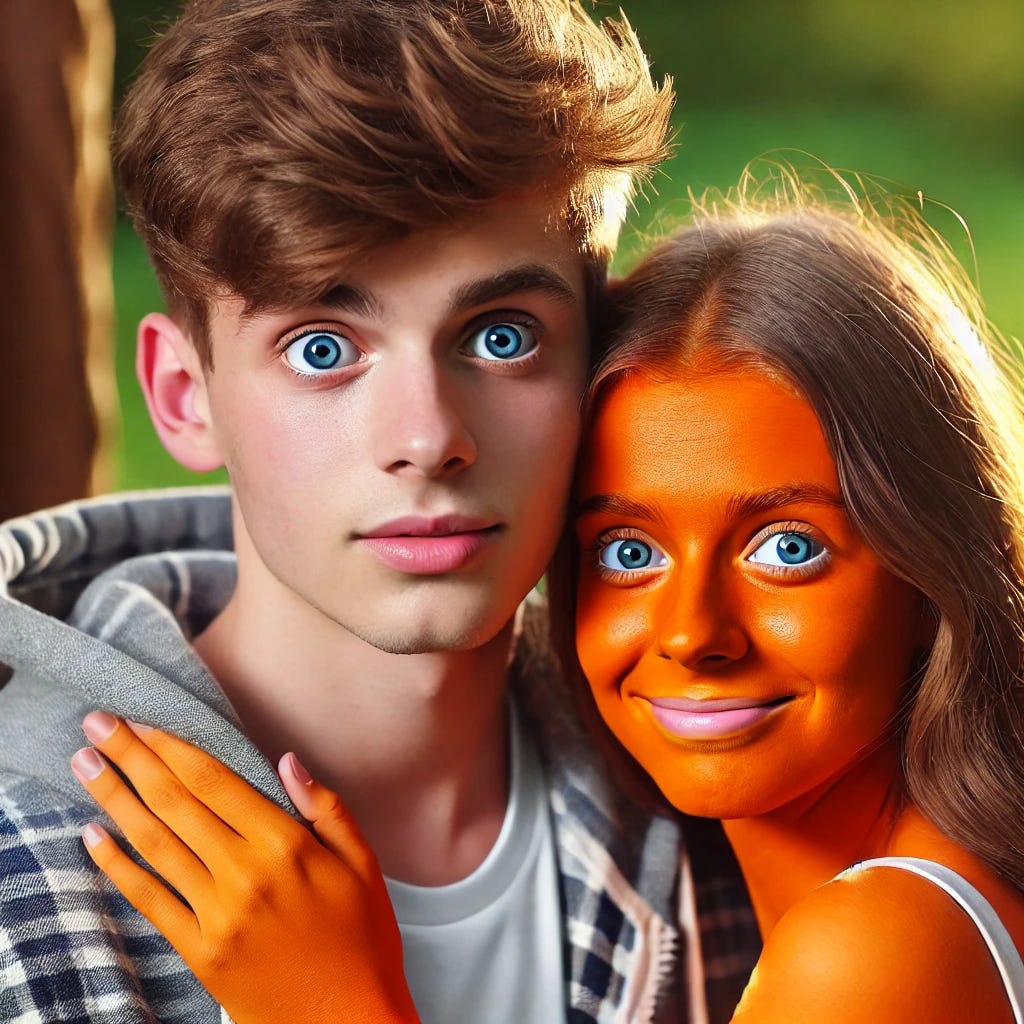
The Canary Girls
During World War I, women in munitions factories handled TNT and came out looking like high-vis markers. The chemically stained skin and hair were a canary yellow and came with rough side effects, like rashes, breathing issues, and, of course, the constant danger of explosions. Some babies born to these workers even showed up yellow, but the tint usually faded once they weren’t exposed to the chemicals anymore.

The Green Children of Woolpit
A medieval English legend tells of two kids discovered in a wolf trap. They spoke no known language, craved raw beans, and their skin was tinted green. The boy died, but the girl survived, learned English, and claimed they came from a sunless land where everyone was green. Modern guesses range from anemia to a bean-heavy diet, but the story lives on because, honestly, “mysterious cave kids from Green World” is unforgettable.
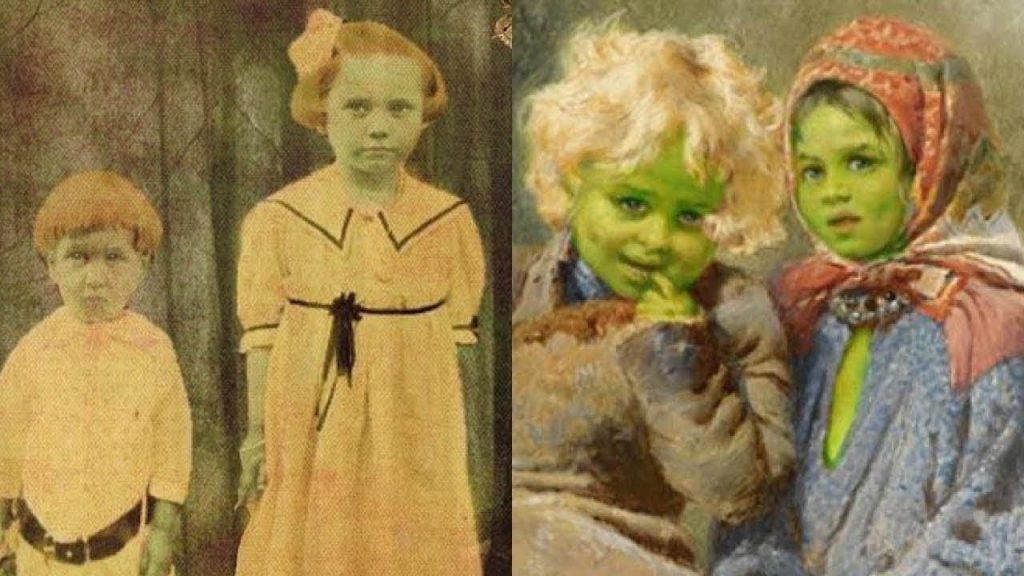
The Blue Fugates
In 19th-century Appalachia, the Fugate family carried a rare recessive gene causing methemoglobinemia, blood that doesn’t carry oxygen well, giving skin a bluish cast. In an isolated community with intermarriage, the trait popped up often enough to become locally famous. Doctors unfamiliar with the history sometimes panicked at delivery. As outsiders moved in and the gene pool widened, blue babies became far less common.
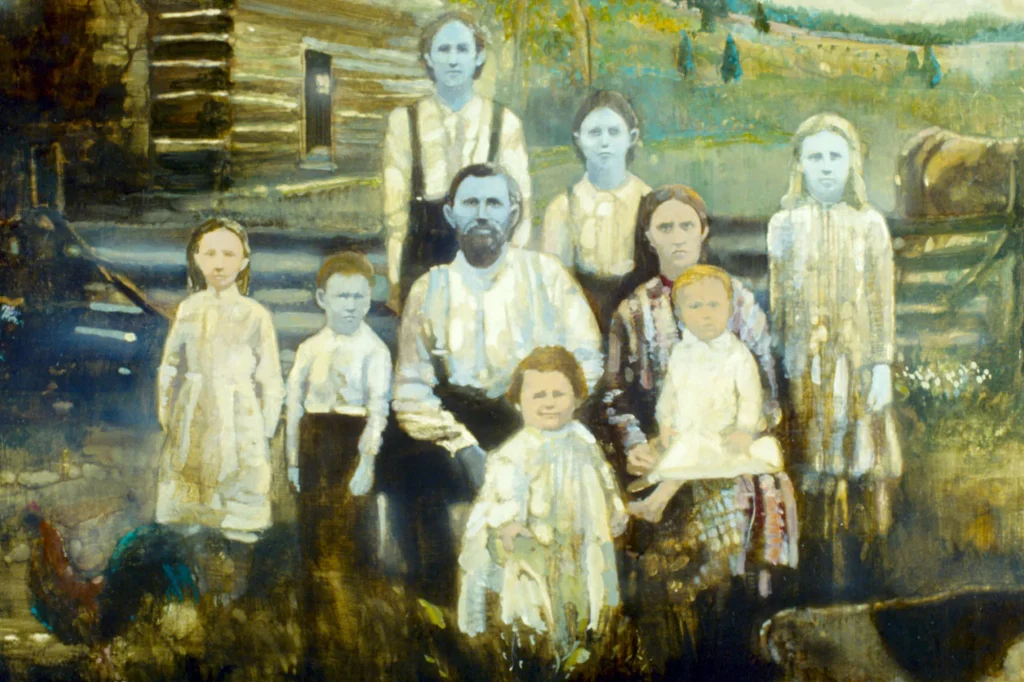
Dermatographic Urticaria
Also called “skin writing,” this condition turns the lightest scratch or pressure into raised, puffy, pale lines rimmed in red. It’s like your skin throws a mini tantrum, and you can doodle on it like a notepad. The welts itch, then settle down in 20–30 minutes. As with a lot of itchy conditions, antihistamines are the best treatment, but you can also not bump into things, which is a tough ask for humans.
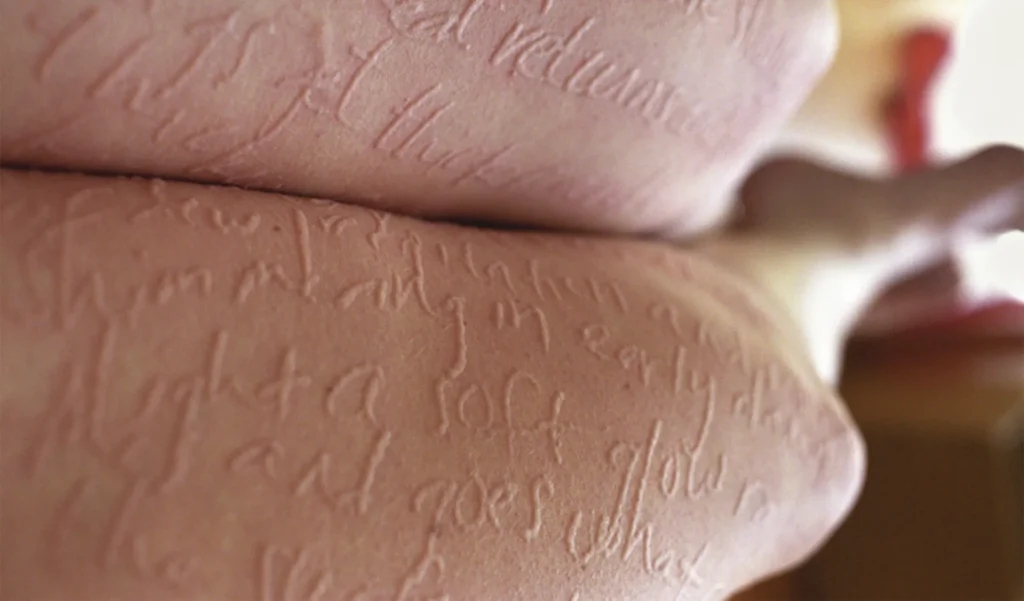
Sunny Delight Surprise
’90s Britain loved Sunny Delight (SunnyD), right up until a kid who was drinking about 1.5 liters a day turned bright yellow, which happened right around their new Christmas ad, where a snowman gulps the stuff and changes color. The culprit is (again) beta-carotene. No lasting harm, but the publicity stained the brand’s reputation. Lesson: moderation is your friend, even with soda drinks.
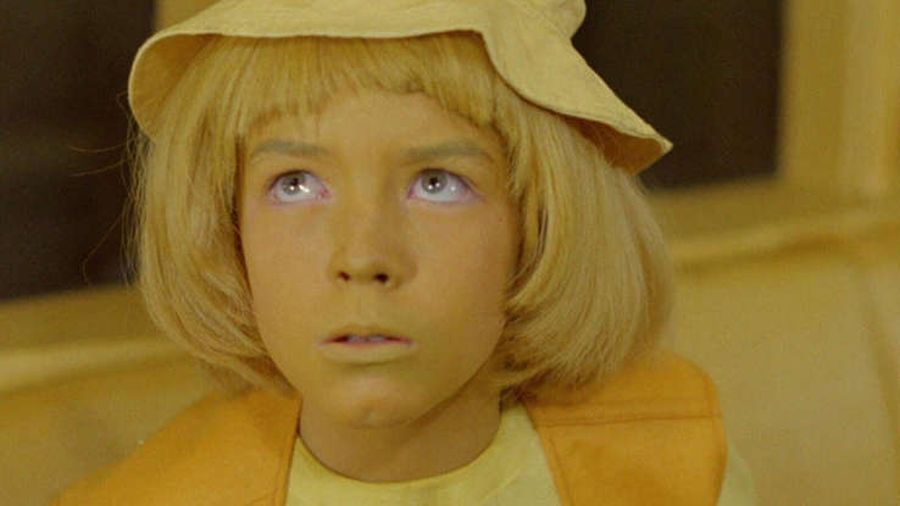
Gold Therapy Gone Awry
Edible gold leaf on desserts looks fancy but passes through harmlessly, but gold compounds used historically for rheumatoid arthritis were a different story. Long-term exposure could deposit particles in the skin and eyes, causing chrysiasis—a blue-gray tint that darkens in sun-exposed areas. Gold therapy isn’t common now, but the “permanent pewter” effect made a lasting impression.
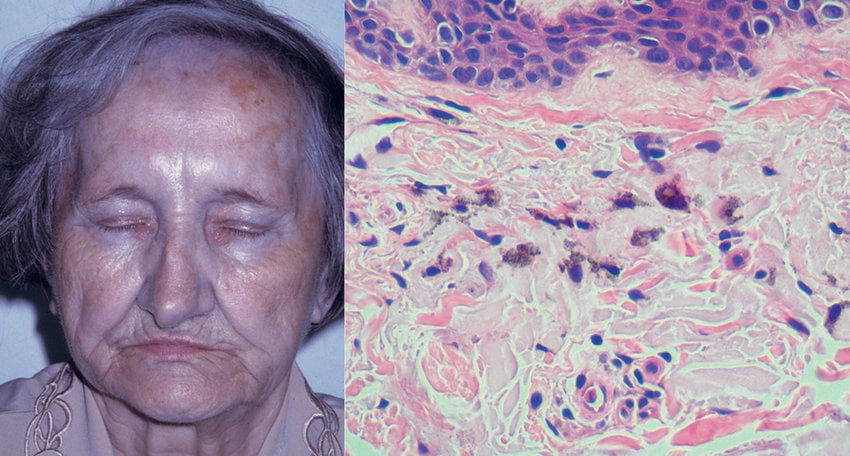
Silver Medicine (Argyria)
Contrary to popular belief, silver actually achieves the most dramatic color change. Colloidal silver, which is a pseudomedicine pushed as a cure-all, can build up in tissues and turn skin and eyes blue. The worst part about this transformation is that it’s permanent. A few high-profile users who drank it daily became walking Smurfs, which didn’t help their political campaigns or social lives. Despite the risks and no real medical benefit, you can still find colloidal silver online and in health shops.
